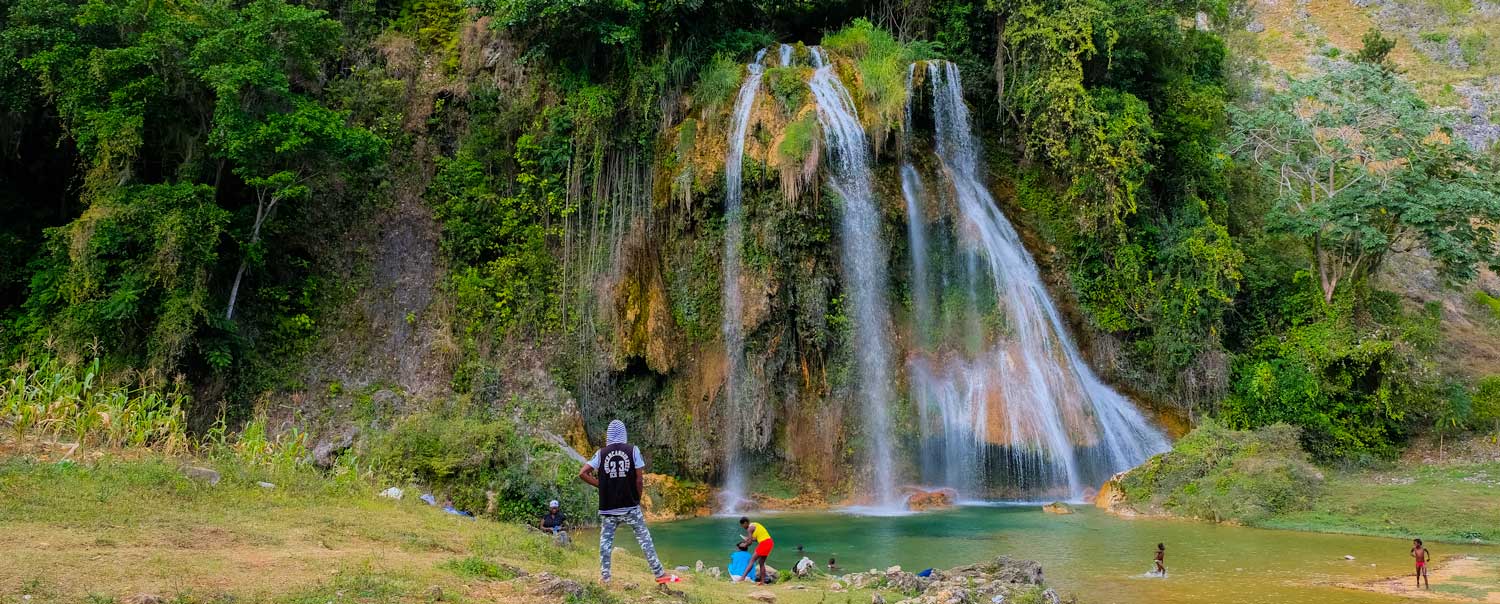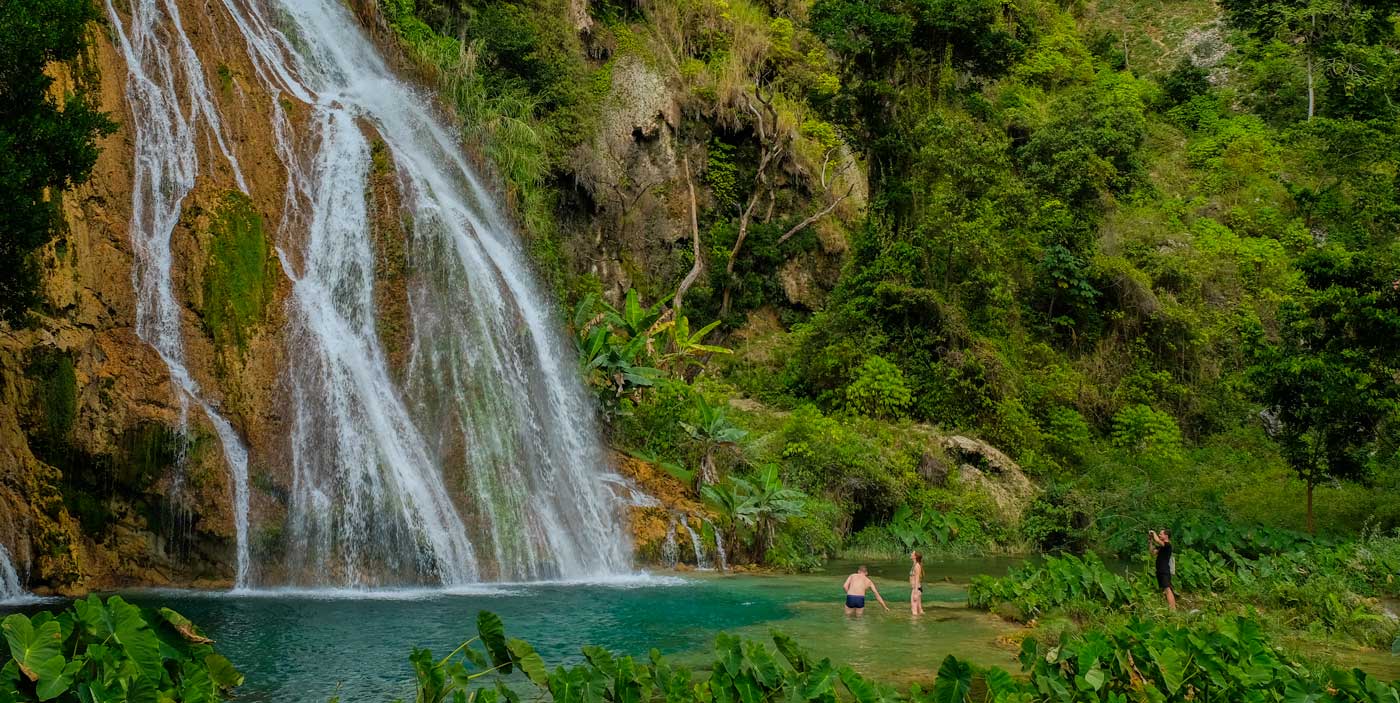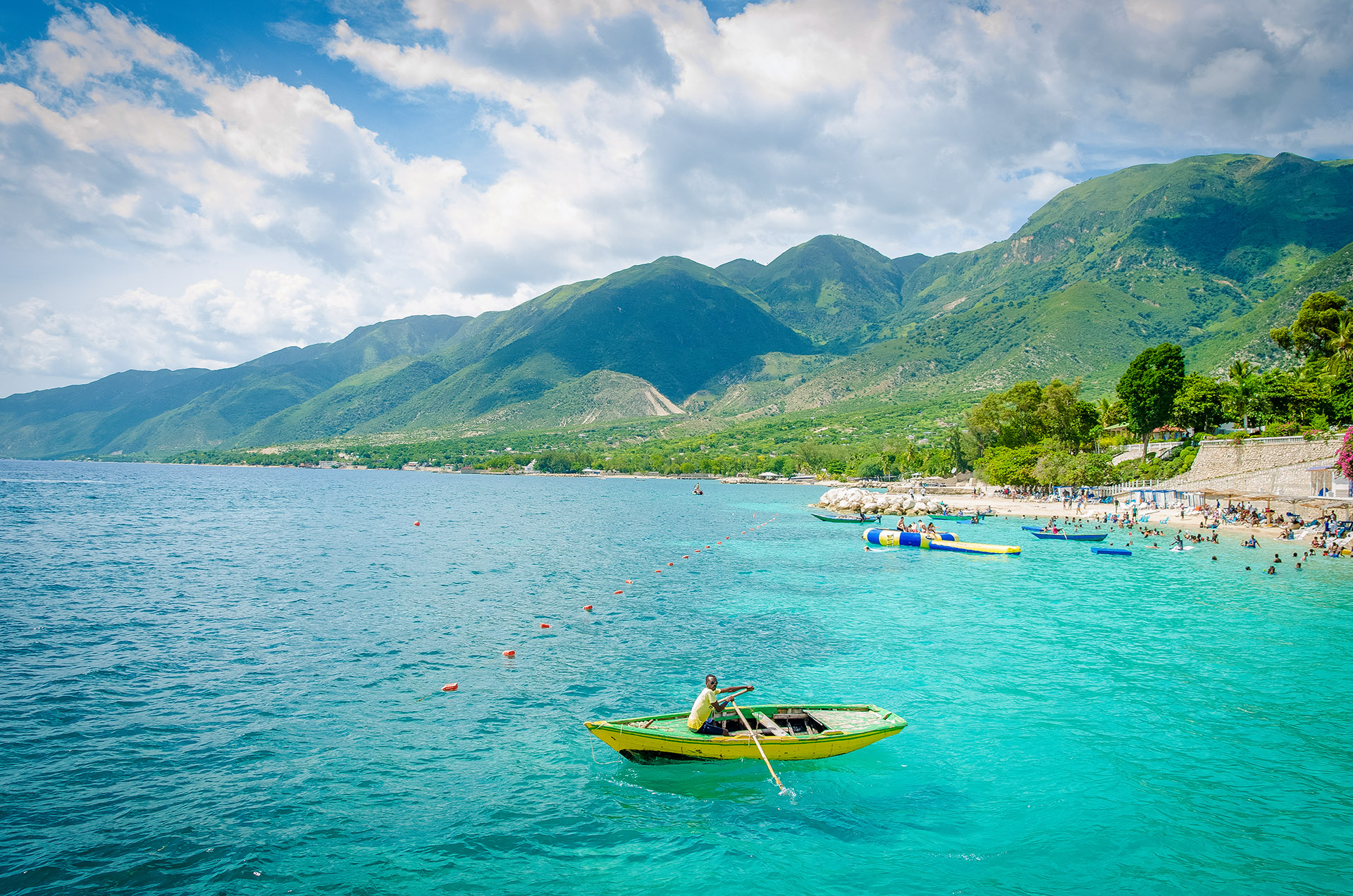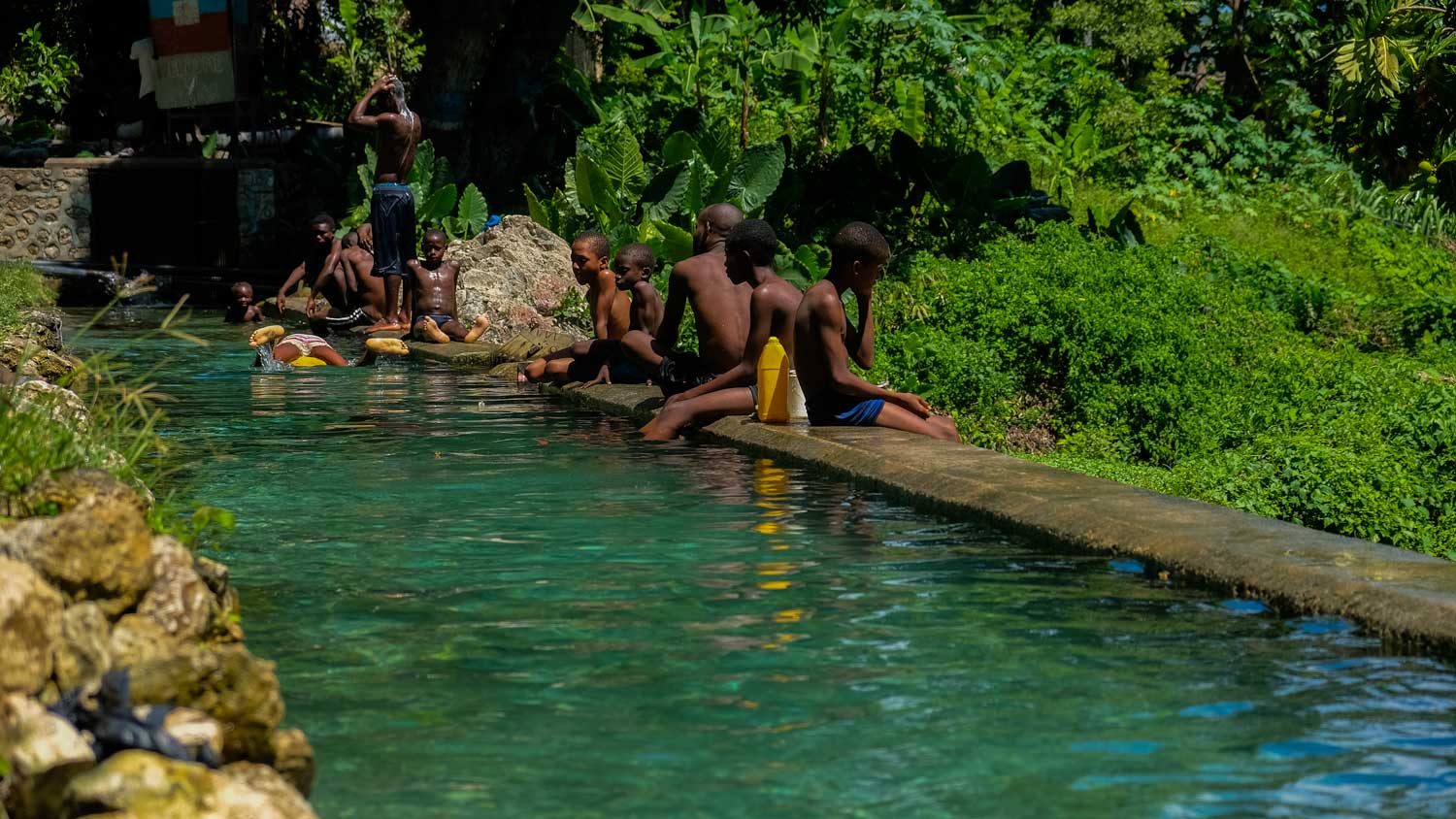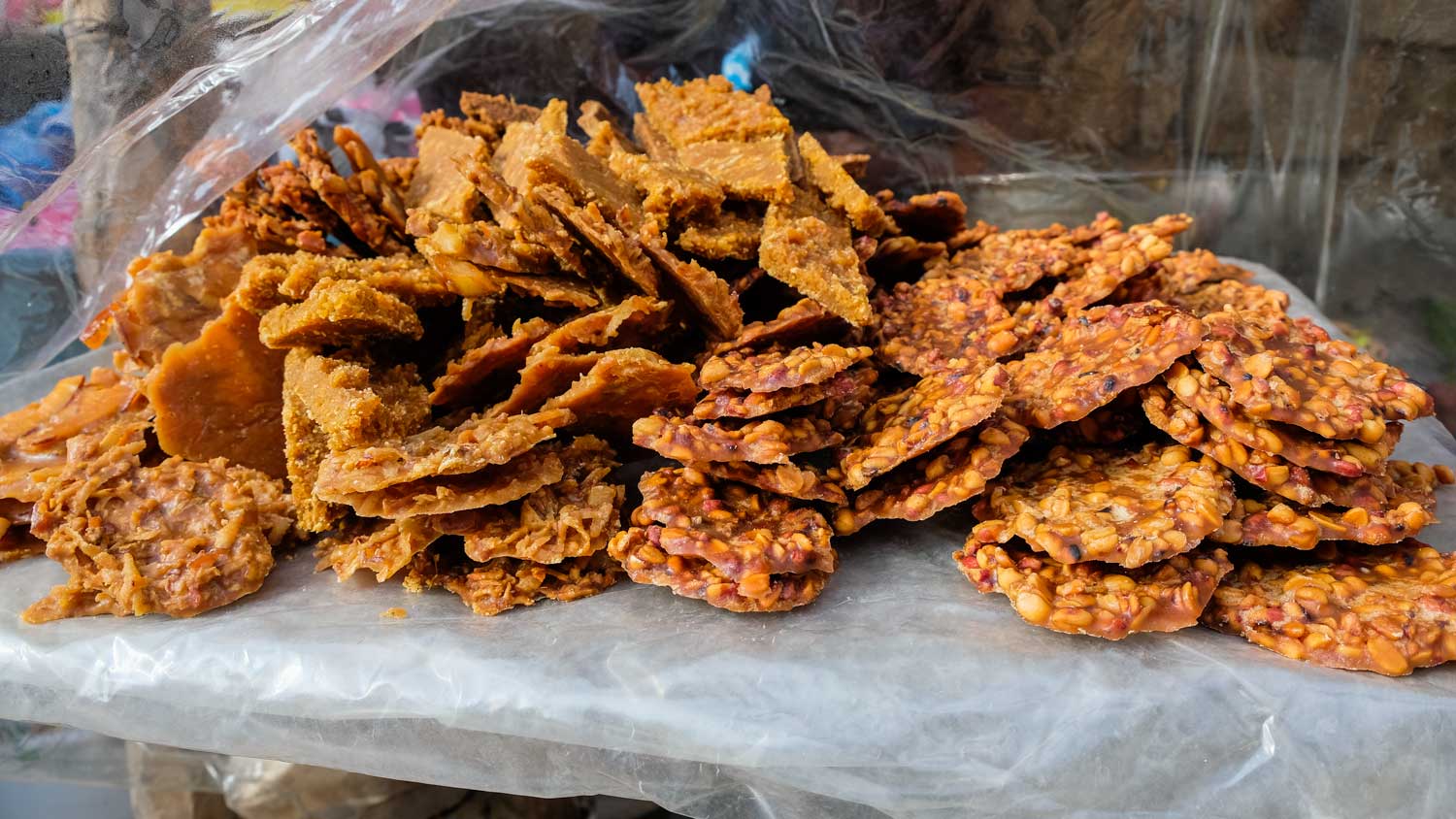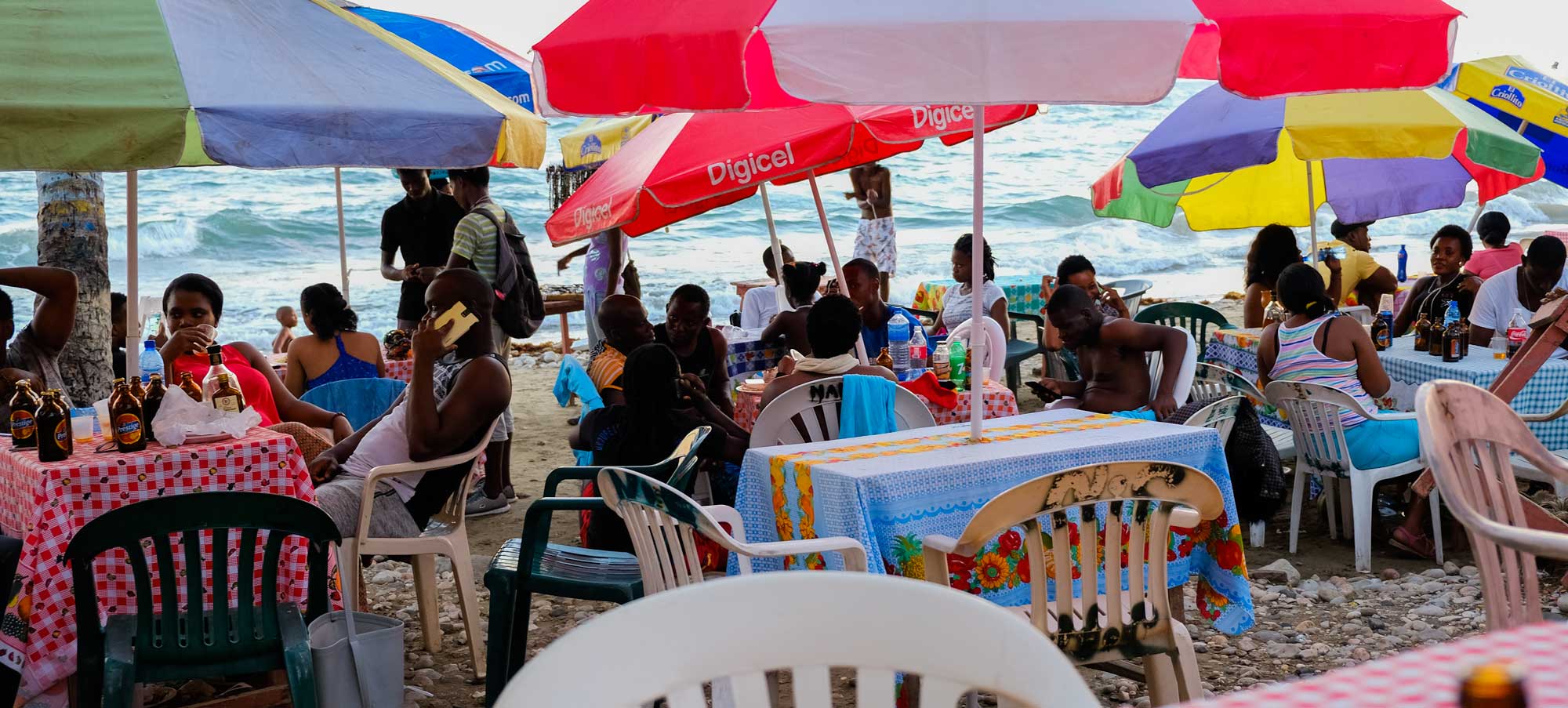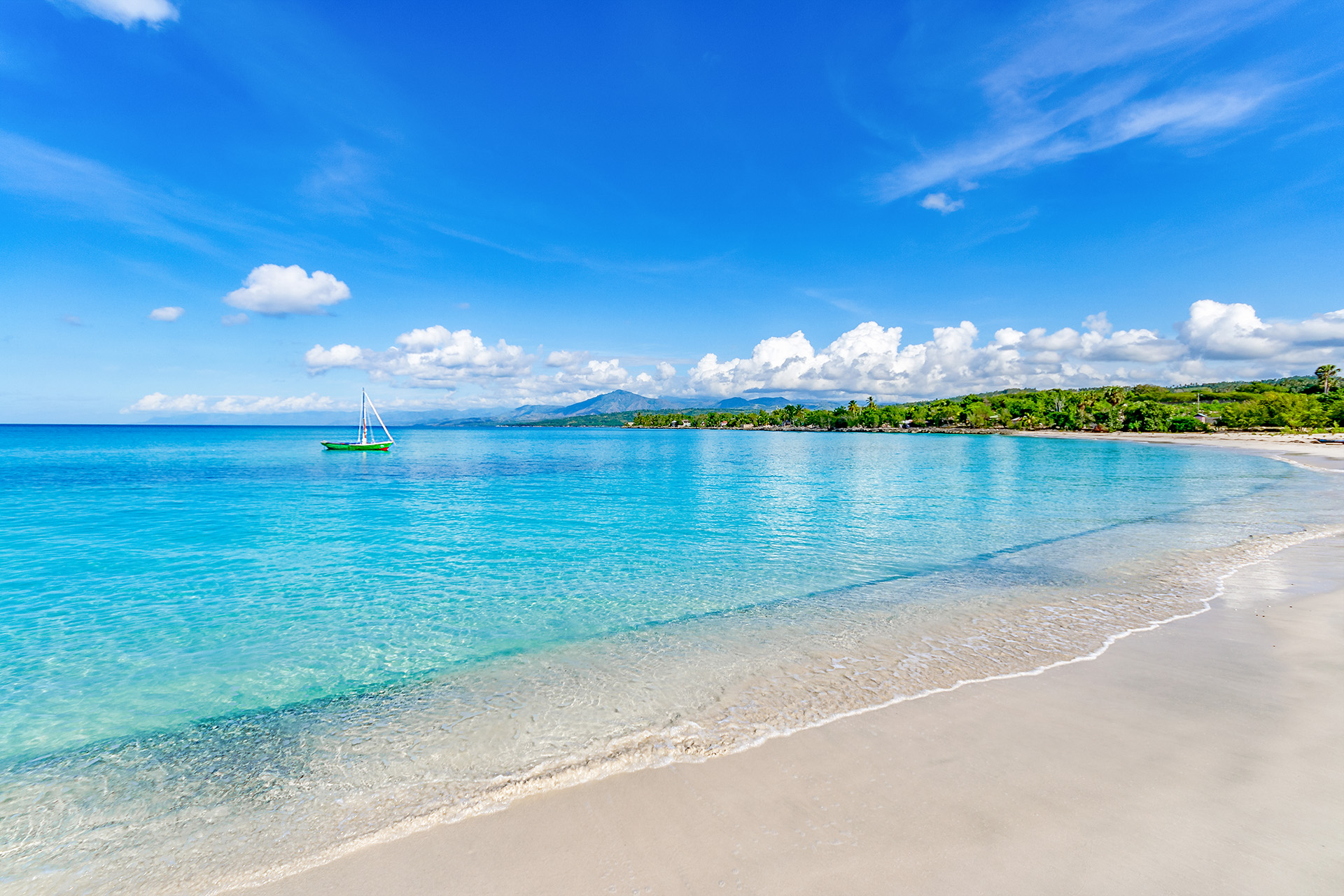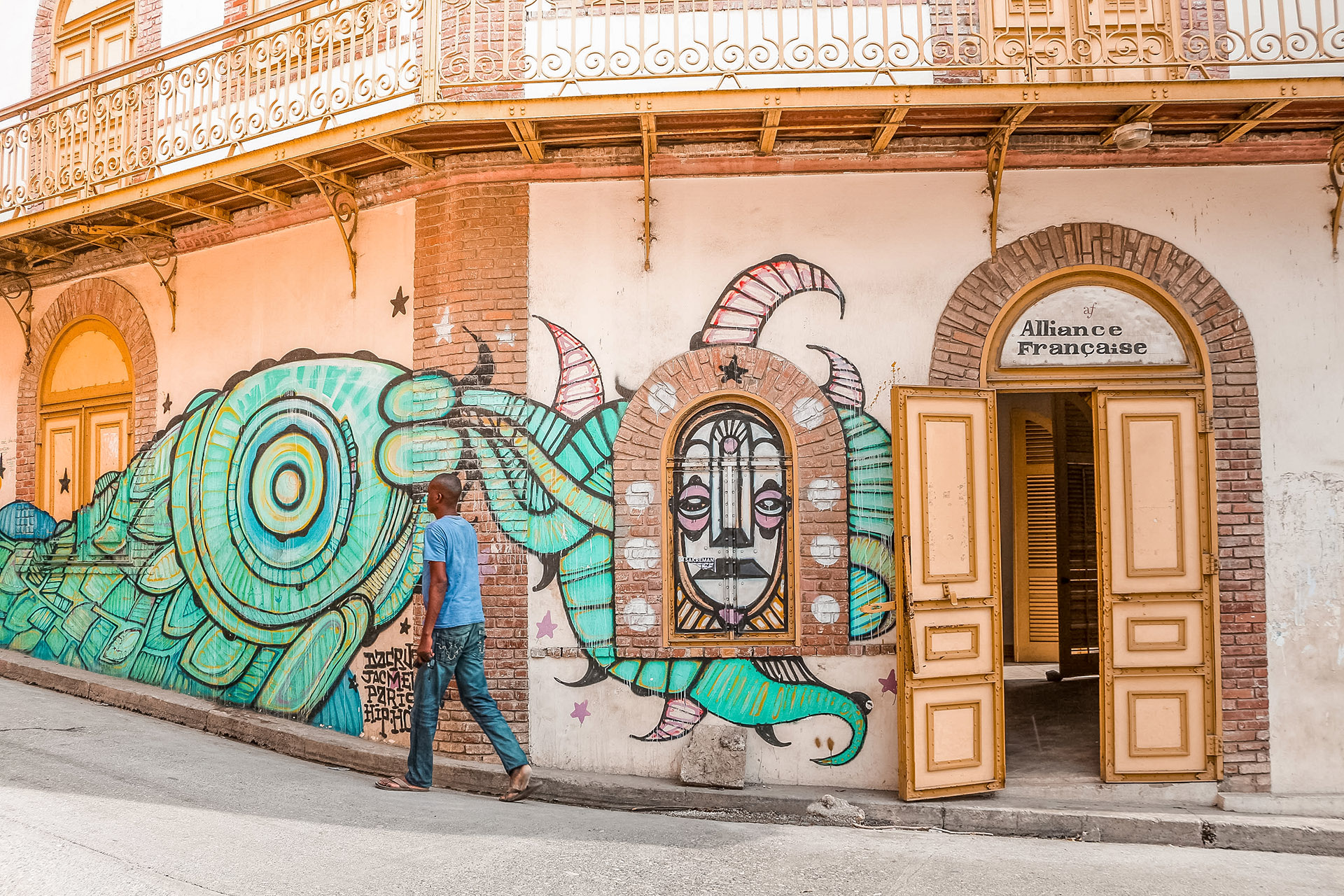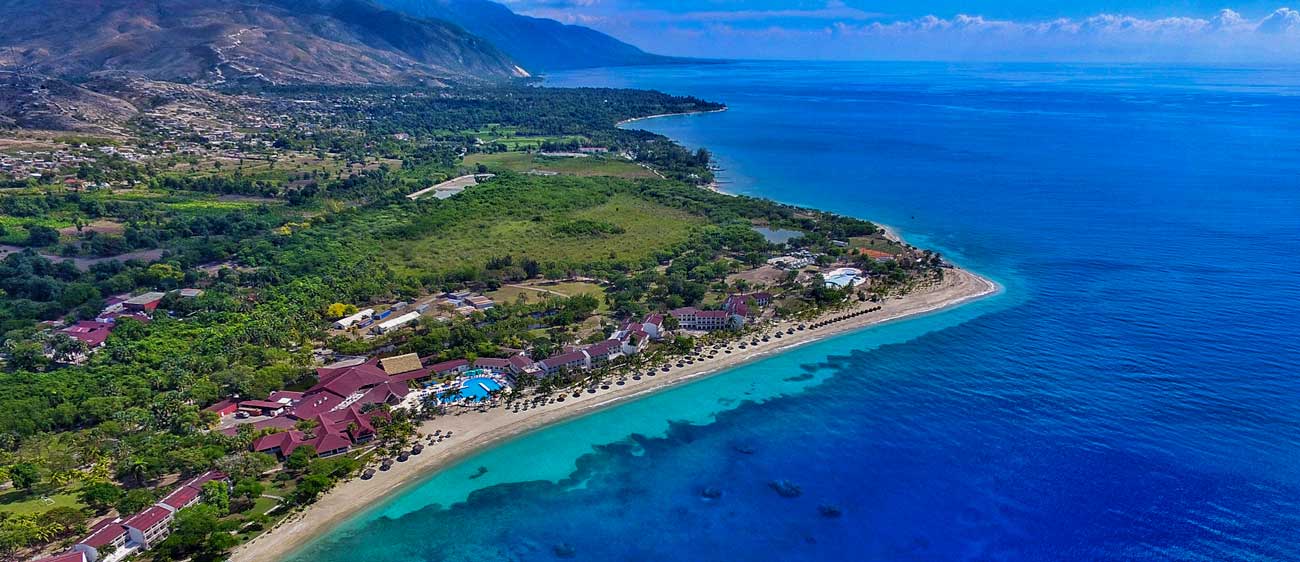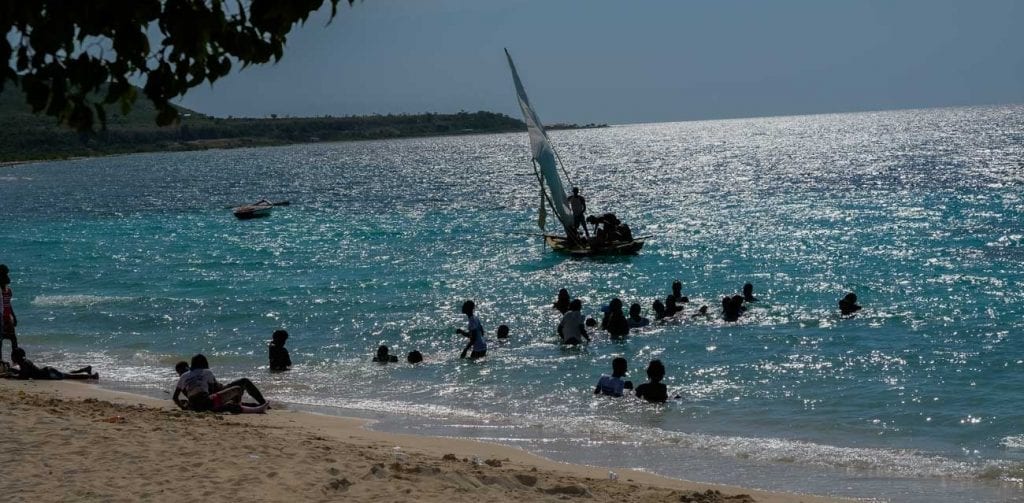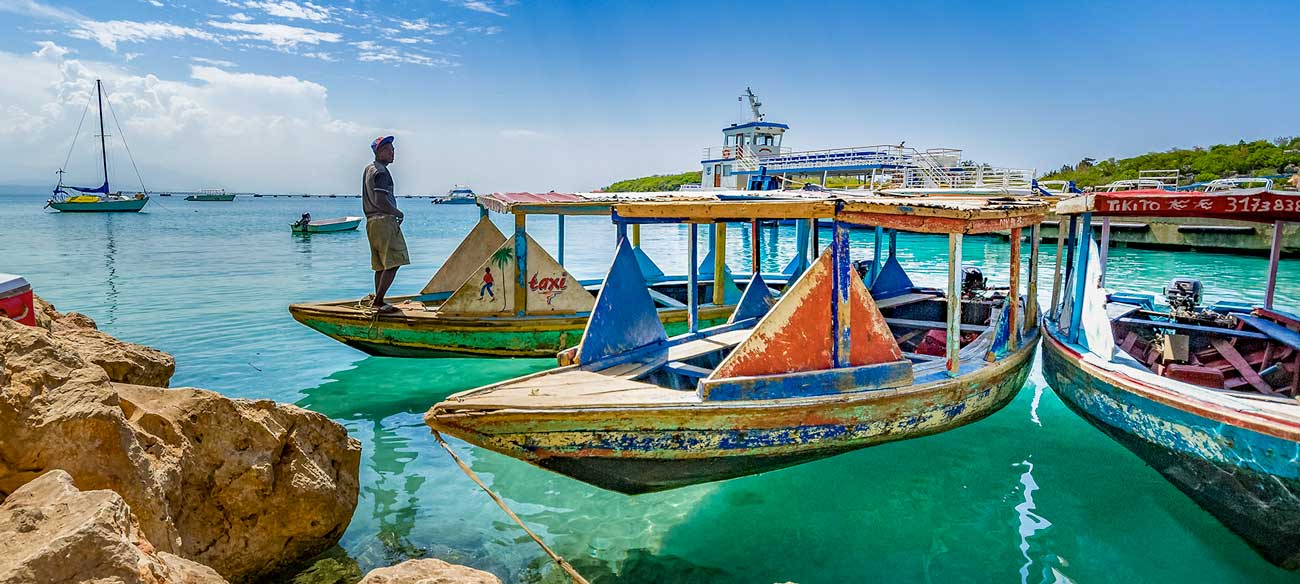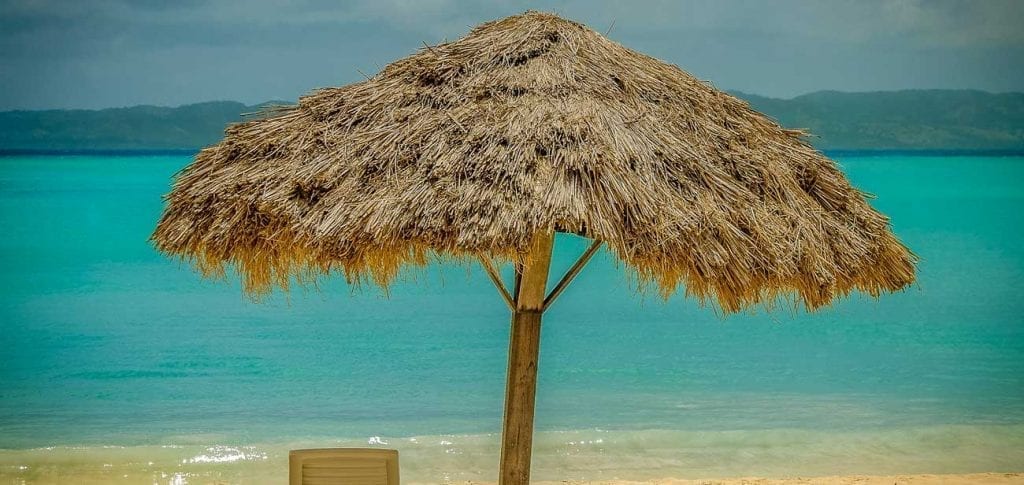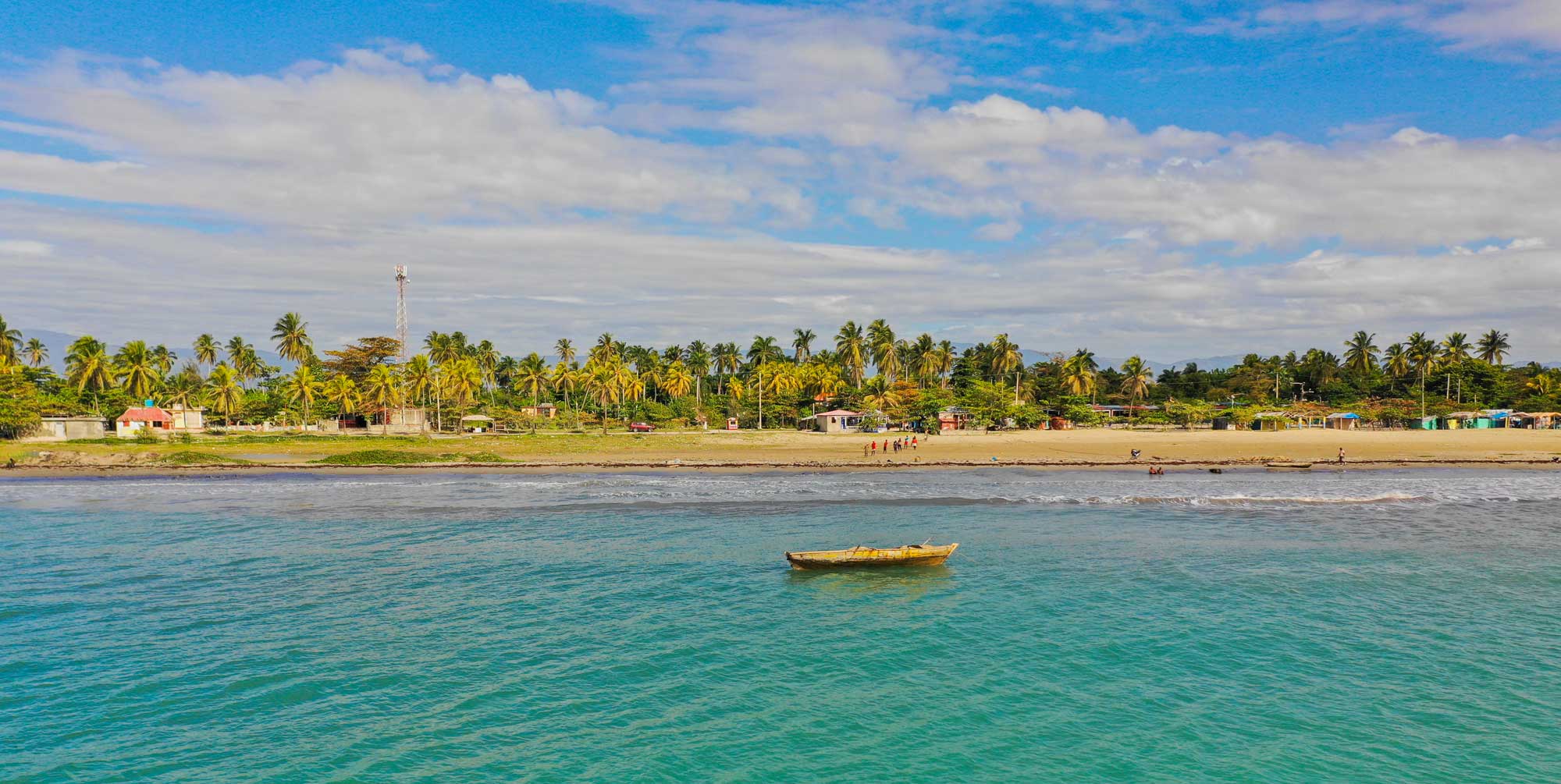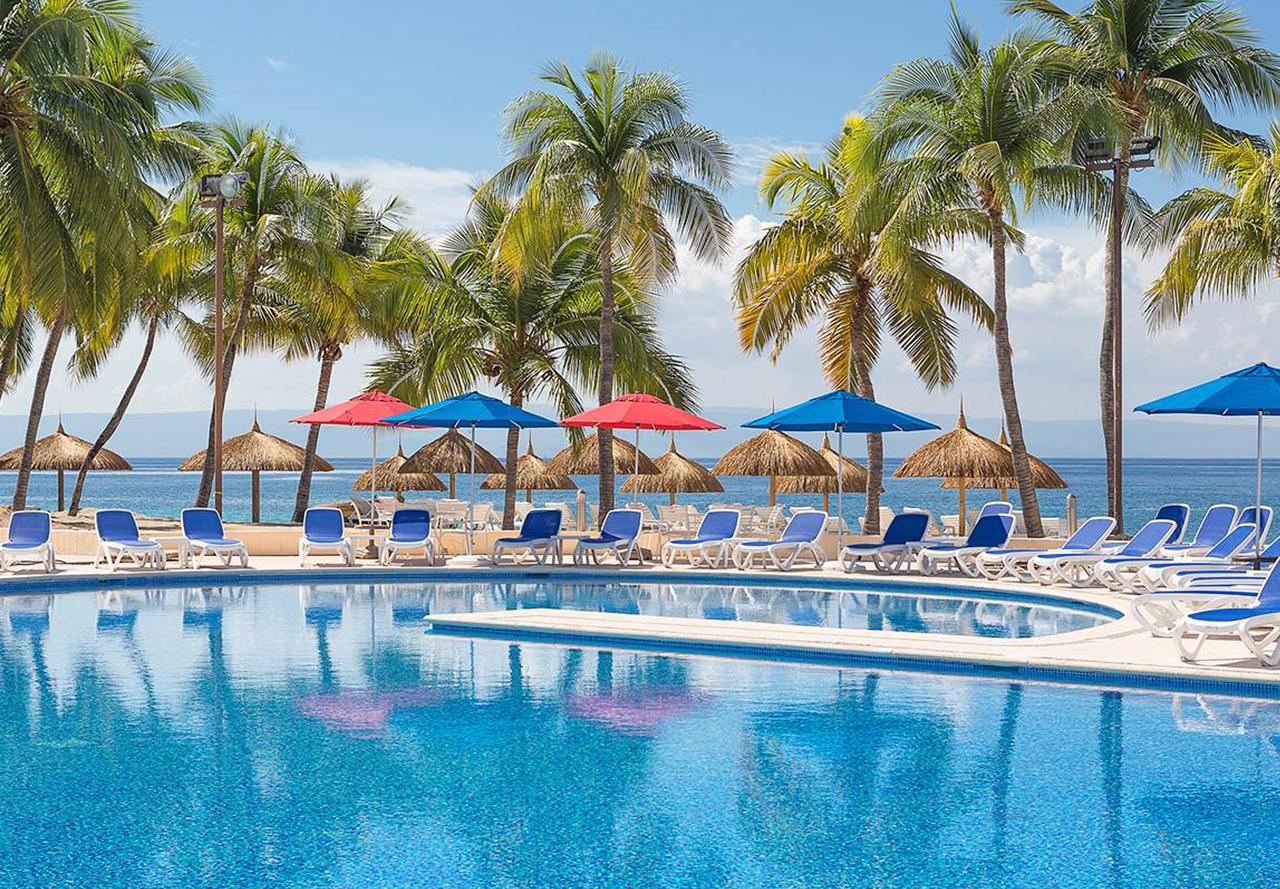
Photo: Decameron Indigo Beach Resort
Royal Decameron Indigo Beach Resort
Decameron Indigo Beach Resort offers an all-inclusive experience that will shoot above and beyond your expectations. Book your stay soon for a time full of adventure and relaxation.
First Impressions
Decameron Indigo Beach Resort is by far the biggest beach resort in Haiti. With its all-inclusive package and its one-and-a-quarter mile of dreamy white sandy beaches, Decameron is an ideal introduction to what the beauty of beaching in Haiti truly is.
Rooms
Decameron is equipped with 400 Caribbean-style rooms with views of the beach, the gardens, or the pool – your choice. All rooms are air-conditioned and designed to as the perfect relaxing hideaway, while bringing small pieces of Haitian urban life into the room. All rooms open out onto either a terrace or balcony, bridging the gap between the comfort of your bed and the sounds of the Haitian waves.
What’s for breakfast?
Although Indigo Beach has three different restaurants, breakfast is served at Le Grand Marché, located in the main area by the pool. With its options of both self-serve and made-to-order stations, the buffet-style breakfast and overall service of this restaurant is the highlight for many. While you will most definitely be exposed to staple American-style fare, we suggest trying or asking about what the Haitian options are on the day!
How about lunch and dinner?
Indigo Beach’s three different restaurants offer three different dining experiences. Le Grand Marché, the main restaurant open to all, offers breakfast as well as lunch and dinner, respectively starting at noon and 7 PM.
Le Boucanier is the second restaurant, located in the northern portion of the resort – an à-la-carte restaurant, it specializes in seafood and often requires a reservation, though this depends on the flow of guests at the resort that day. It is open from 7 PM until 10 PM.
Last but not least is La Casserole Haitienne. The name speaks for itself – if the goal of your trip is to have a taste of Haiti without necessarily leaving the resort, look no further! Open between 7 and 10 PM for dinner, this is an à-la-carte restaurant, and while it might require a reservation, you’ll have the chance to sample different traditional Haitian dishes stemming from all parts of the country. La Casserole Haitienne also operates a snack bar until 2 in the morning, meaning that you can stop by into the early hours for a quick plate of fried plantains and delicious creole conch!
Is there a bar?
With all these options for food, Indigo Beach surpasses itself when it comes to drinks.
The resort has a grand total of four bars, one located in Le Boucanier, the other at La Casserole Haitienne, and the last two, Bon Bagay Bar and Chiringuito Bar, operate as stand-alone bars. The last two are conveniently located by the central and southern pool respectively so you are always able to enjoy a drink as you read a book or scroll on Instagram by one of these very impressive pools!
From 11 PM to 2 AM, Decameron keeps the beach nightlife alive with all the music hits at its discothèque.
Activities and amenities
Decameron greatly compensates the fact that it is so far from the city, offering clientele a bounty of amenities and activities. As an all-inclusive resort, any person staying has access to the two recently-renovated pools, a fitness center, a boutique for last-minute bikini shopping, and a variety of sports ranges and courts (soccer, basketball, tennis, etc.).
The resort also has access to special marine areas and instructors for snorkelling, diving and more, and even organizes a variety of excursions to nearby attractions. Lastly, the hotel often closes its nights with show-stopping performances, varying from dance acts to comedy shows.
Within a short walk you can find…
Located in Montrouis, where visitors can experience the local delicacy that is lalo, or hike to Kay Piat. the resort is pretty far away from big cities, but make sure to check out their excursion services to discover hidden islands and precious gems of Haiti!
Need to know (before you go)
A few things to note are that unfortunately, Wi-Fi is only available in the rooms for a daily $20 fee and pets are not allowed. For an additional cost, the resort offers transport from and to the airport via their shuttle bus which runs 24/7.
Getting there
For directions and bookings visit Decameron Indigo Beach Resort on Hotels.com
Looking for some cool things to do?

Paradise for your inbox
Your monthly ticket to Haiti awaits! Get first-hand travel tips, the latest news, and inspiring stories delivered straight to your inbox—no spam, just paradise.


